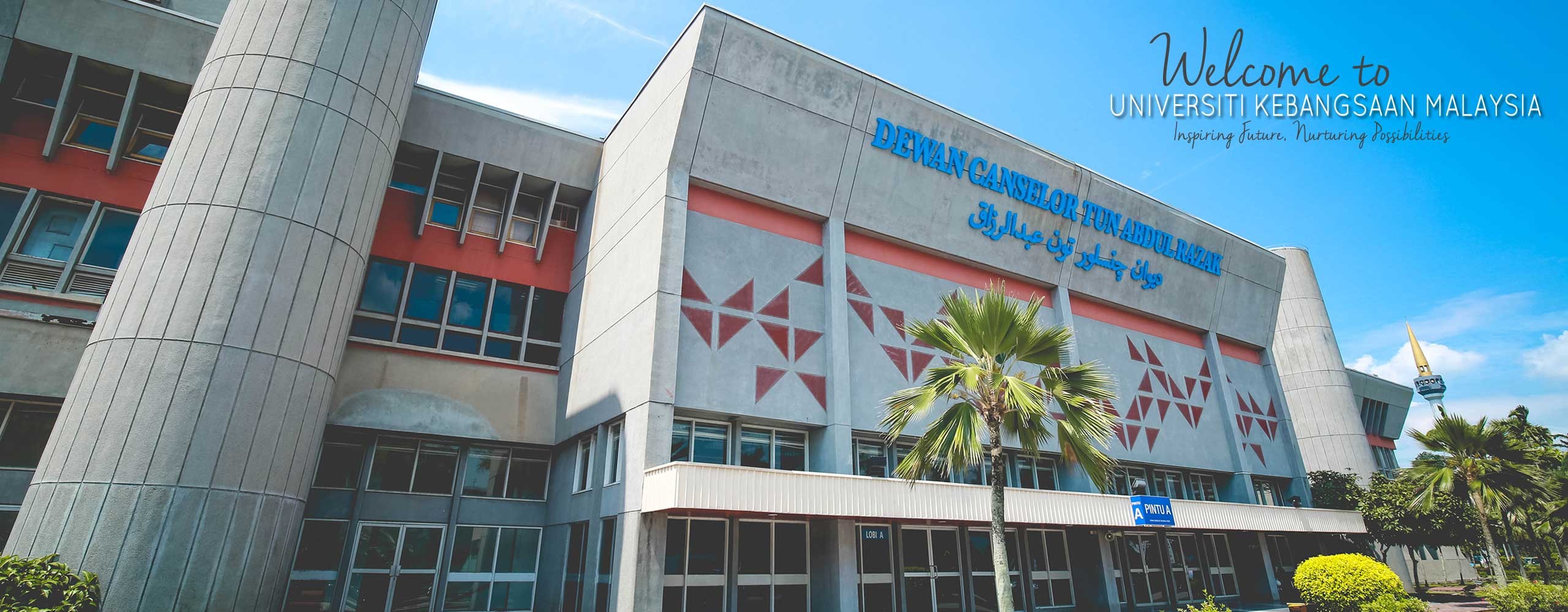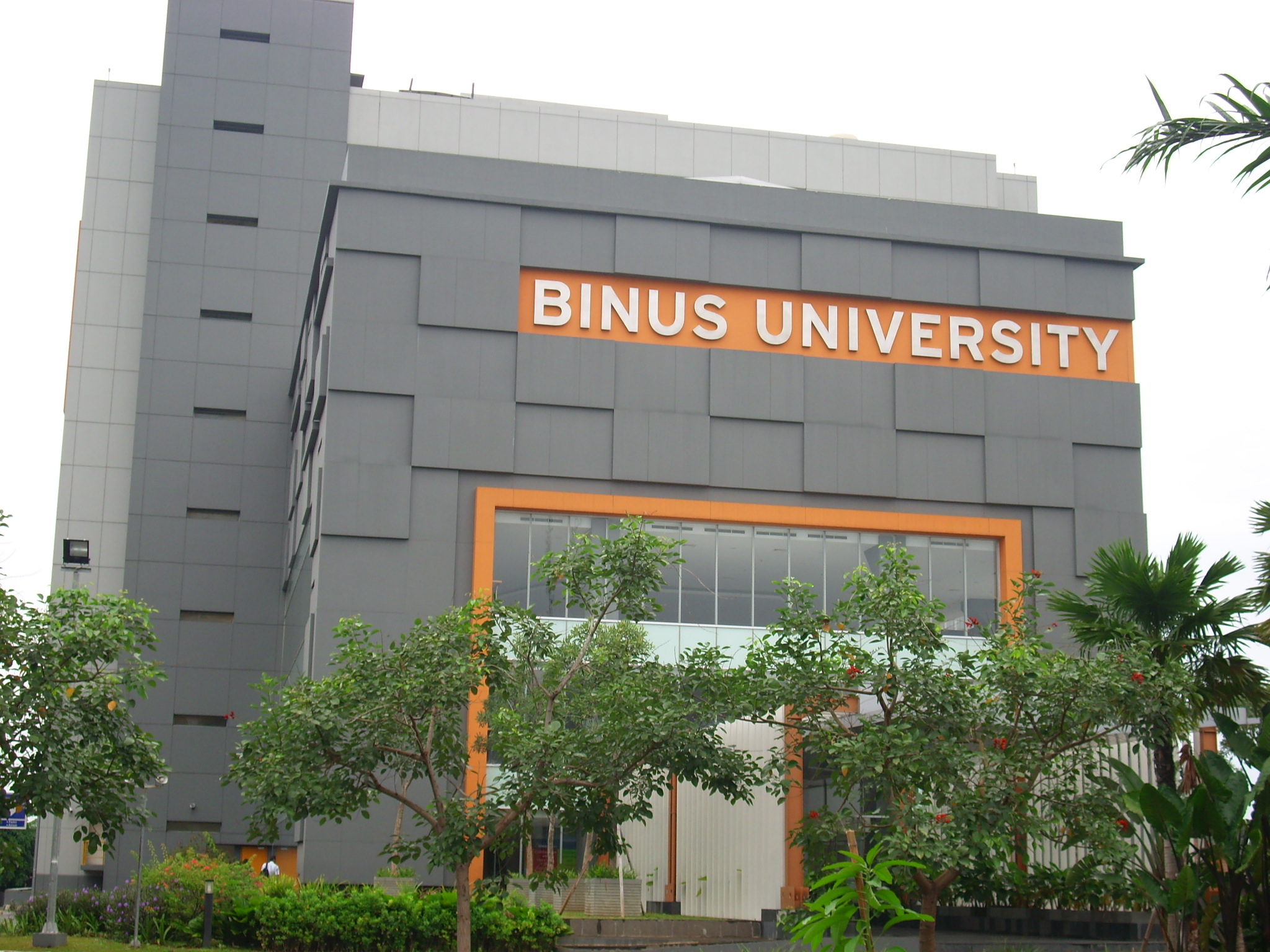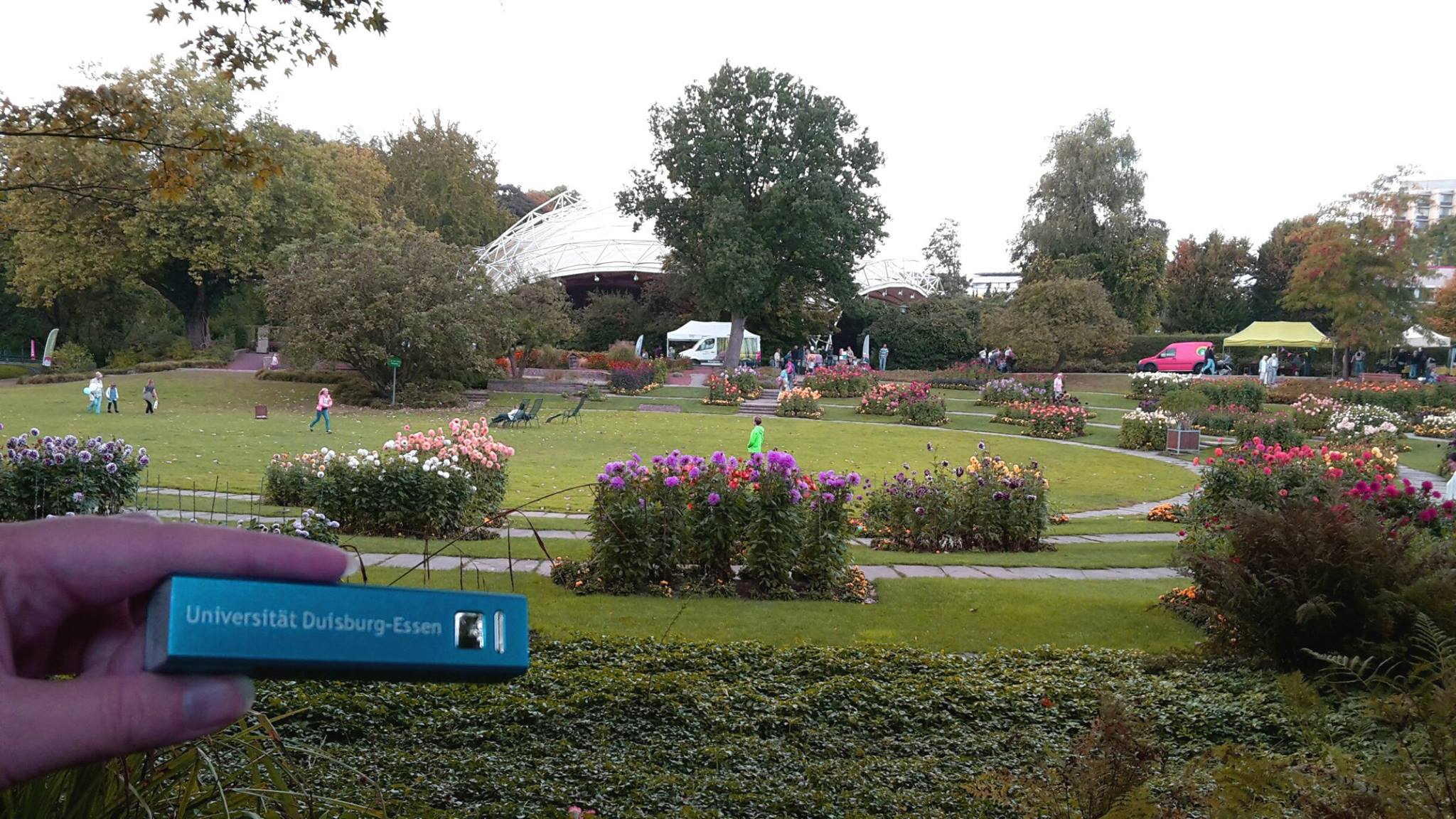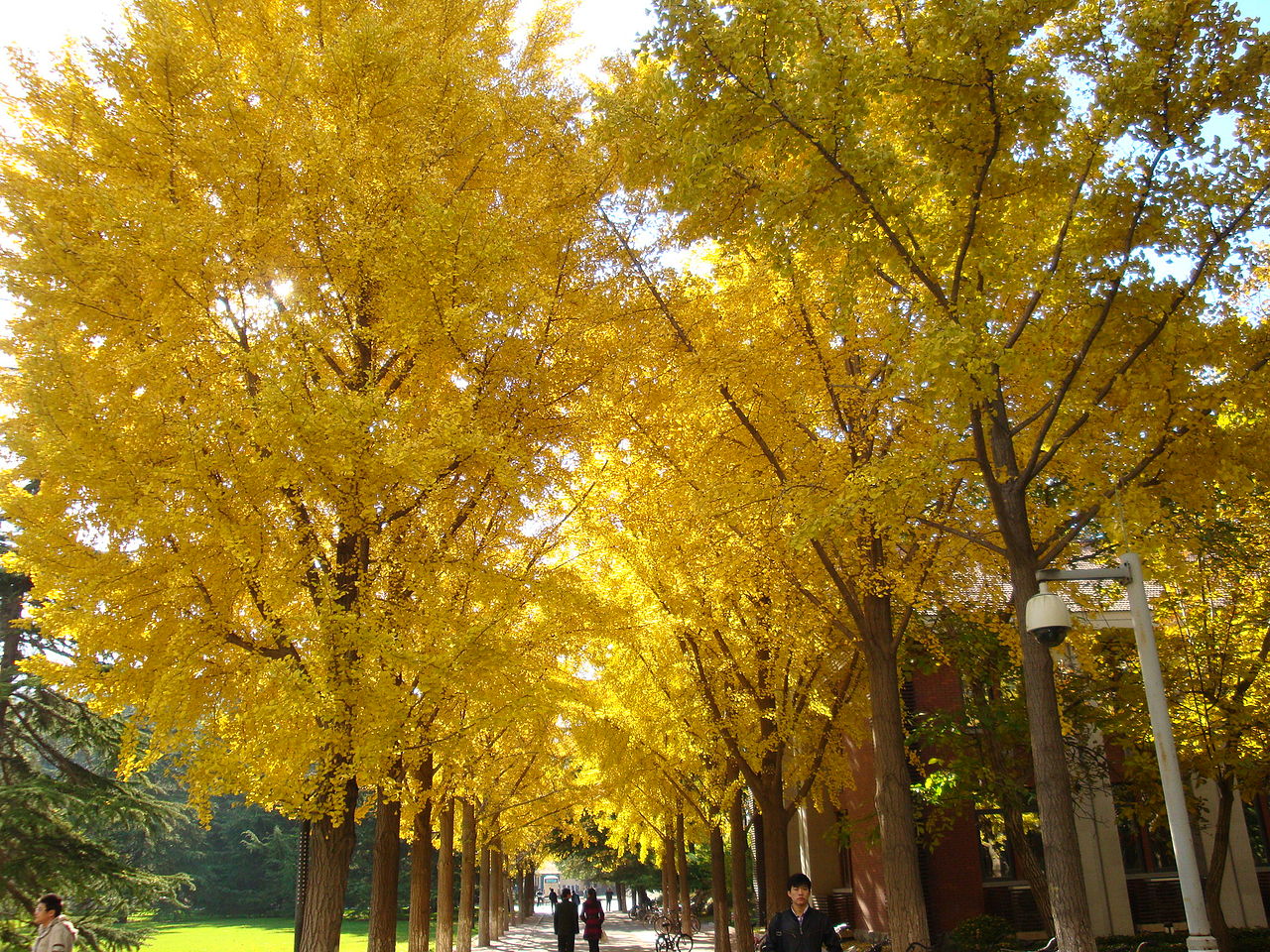Developing New International Standards for Biotechnology – an Irish Perspective
- Home Page 420

Solar Domestic Hot Water Systems
ASTM E1160-13 Standard Guide for On-Site Inspection and Verification of Operation of Solar Domestic Hot Water Systems
https://www.astm.org/search/fullsite-search.html?query=boiler&resStart=0&resLength=10&maincomms=e44&
Electrical Safety Definitions
This content is accessible to paid subscribers. To view it please enter your password below or send mike@standardsmichigan.com a request for subscription details.
Observatories
Shot this nebula in our back yard with a borg 107 telescope 🔭 pic.twitter.com/wQL6UXr3vG
— Cathrin Machin (@Cathrinmachin) May 26, 2023
S. 1632: Visa Lottery Repeal Act
https://www.govtrack.us/congress/bills/116/s1632
S. 2863 / E Visa Integrity Act of 2019
This content is accessible to paid subscribers. To view it please enter your password below or send mike@standardsmichigan.com a request for subscription details.
Hybrid support vector regression in electric load during national holiday season
Hybrid Support Vector Regression in Electric Load During National Holiday Season
Abstract: This paper studies non-parametric time-series approach to electric load in national holiday seasons based on historical hourly data in state electric company of Indonesia consisting of historical data of the Northern Sumatera also South and Central Sumatra electricity load. Given a baseline for forecasting performance, we apply our hybrid models and computation platform with combining parameter of the kernel. To facilitate comparison to results of our analysis, we highlighted the results around MAPE-based and R 2 -based techniques. In order to get more accurate results, we need to improve, investigate, also develop the appropriate statistical tools. Electric load forecasting is a fundamental aspect of infrastructure development decisions and can reduce the energy usage of the nation.
Modeling public holidays in load forecasting: a German case study
Modeling public holidays in load forecasting: a German case study
Abstract: We address the issue of public or bank holidays in electricity load modeling and forecasting. Special characteristics of public holidays such as their classification into fixed-date and weekday holidays are discussed in detail. We present state-of-the-art techniques to deal with public holidays such as removing them from the data set, treating them as Sunday dummy or introducing separate holiday dummies. We analyze pros and cons of these approaches and provide a large load forecasting study for Germany that compares the techniques using standard performance and significance measures. Finally, we give general recommendations for the treatment of public holidays in energy forecasting to suggest how the drawbacks particular to most of the state-of-the-art methods can be mitigated. This is especially useful, as the incorporation of holiday effects can improve the forecasting accuracy during public holidays periods by more than 80%, but even for non-holidays periods, the forecasting error can be reduced by approximately 10%.
CLICK HERE to order complete paper
Measurement and Prediction of Regional Traffic Volume in Holidays
![]() Measurement and Prediction of Regional Traffic Volume in Holidays
Measurement and Prediction of Regional Traffic Volume in Holidays
Zhenzhu Wang – Yishuai Chen – Yuchun Guo – Yongxiang Zhao – Weikang Tang
Beijing Jiaotong University
Chao Zeng – Jingwei Chen
Join-Cheer Software Co., Ltd., Beijing, China
Abstract: Accurate regional traffic volume projection is important for department of transportation to plan investments, and also helps forecast oil or electric energy demand and CO 2 emissions. Based on a 4.5 years’ daily traffic volume measurement data of the highway network of Guizhou province of China, this paper conducts a comprehensive measurement analysis of the network’s traffic volume growth pattern and proposes a new time series model, which improves the projection accuracy of non-holiday and holiday traffic considerably. We first find that the holiday traffic volume is considerably higher than that on the neighboring non-holidays (e.g., 1.88 times), which could bring tremendous pressure on the road network. We then find that the traffic of network increases exponentially, in particular, the increase rates in holidays are higher than those in non-holidays. Thus, we propose an Exponential-Growth (EG) holiday component model, which models the holiday component with exponential growth. Experimental results show that our model considerably improves the holiday traffic’s prediction accuracy compared with the existing models. For instance, for the first day of National Day holiday, which is usually the heaviest day in a whole year (from Jan. 1 to Dec. 31), the model decreases the prediction relative error from 18.7% to 7%.
CLICK HERE to order complete paper.
New update alert! The 2022 update to the Trademark Assignment Dataset is now available online. Find 1.29 million trademark assignments, involving 2.28 million unique trademark properties issued by the USPTO between March 1952 and January 2023: https://t.co/njrDAbSpwB pic.twitter.com/GkAXrHoQ9T
— USPTO (@uspto) July 13, 2023
Standards Michigan Group, LLC
2723 South State Street | Suite 150
Ann Arbor, MI 48104 USA
888-746-3670















